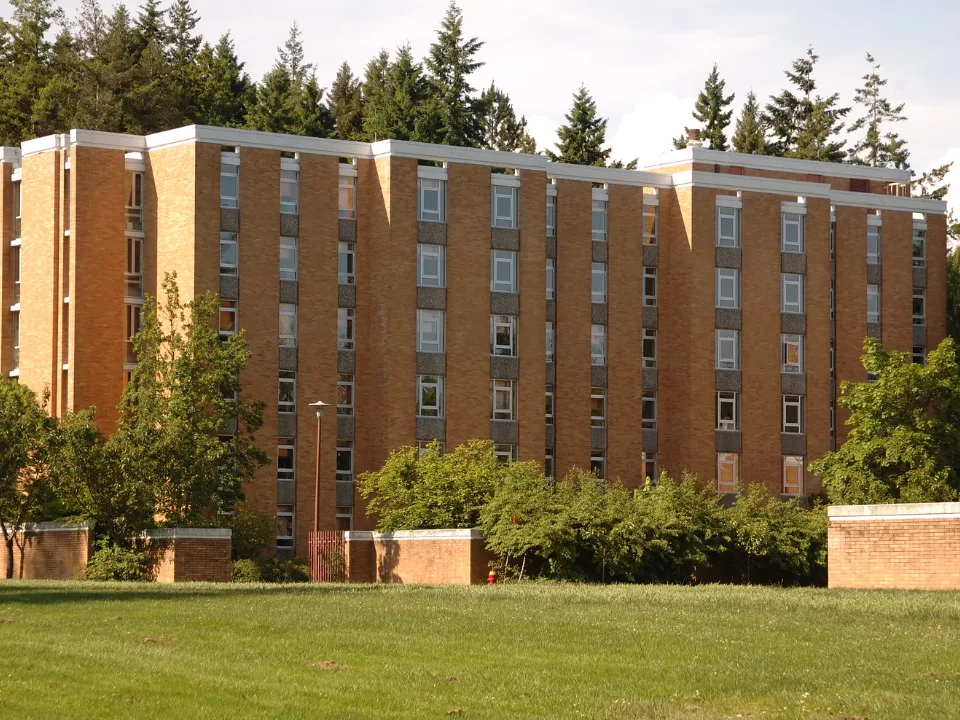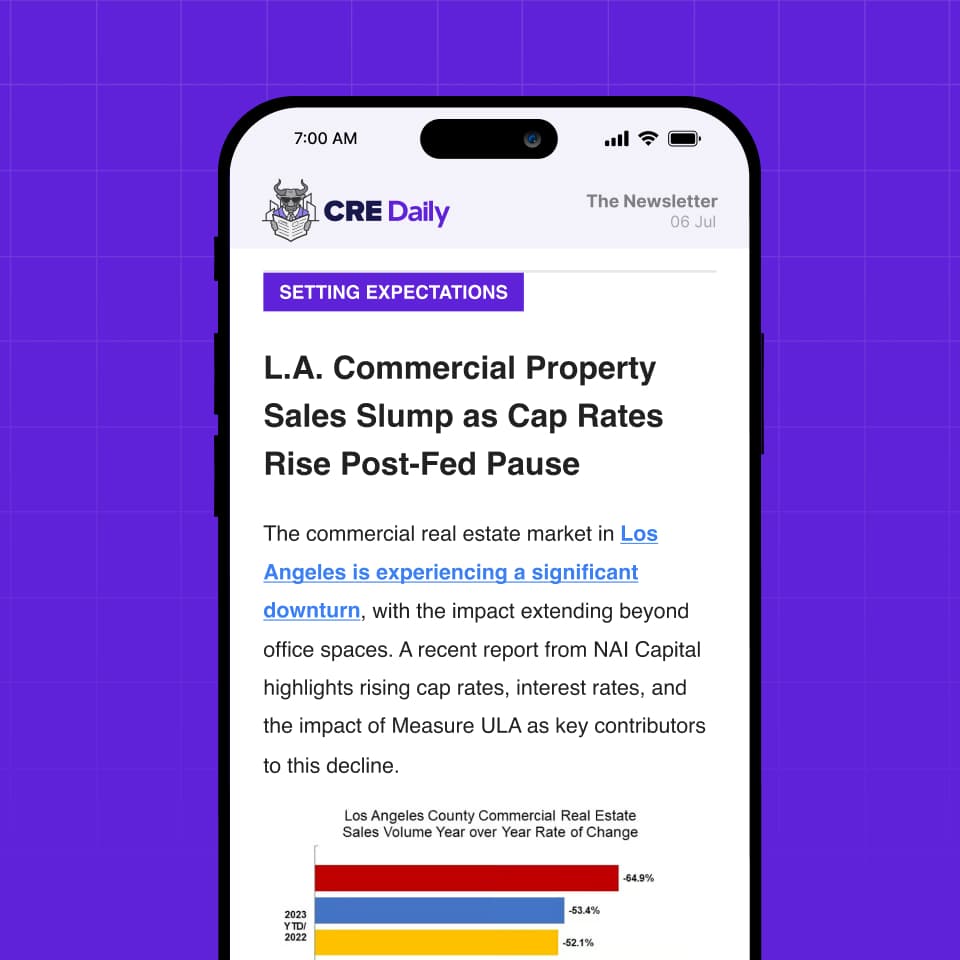- Detroit’s industrial availability rate rose to 6.1% in April 2025, an 80-basis-point increase year-over-year, but still well below the national average of 9.5%.
- Net absorption outpaced supply between 2021 and 2023, helping push availability to a historic low of 4.6% before a recent uptick in space returns, particularly in the Airport District and Groesbeck North.
- Detroit’s industrial inventory has grown just 3% since 2019, compared to double-digit growth in other large US markets, helping shield it from the oversupply issues seen elsewhere.
- New leasing volume hit 4.3M SF in Q1 2025, an 83% year-over-year increase and the highest since Q4 2023.
A Closer Look at Detroit’s Industrial Market
According to CoStar, the Detroit metropolitan area’s industrial availability rate reached 6.1% in April—marking a year-over-year increase, but still outperforming the national industrial landscape, where the average rate sits at 9.5%.
This resilience is rooted in several local dynamics. From 2021 to 2023, Detroit saw 19.5M SF of net absorption compared to just 14.5M SF of new supply. The imbalance pushed the availability rate to a record low of 4.6% by Q3 2023.
Recent increases in availability have been localized, with the Airport District and Groesbeck North areas returning around 1MSF each to the market. Still, compared to other top-tier industrial metros with more than 400MSF of inventory, Detroit has the lowest availability rate.
Conservative Growth Pays Off
Nationally, many markets are grappling with elevated availabilities due to aggressive development pipelines. Seven of the 12 largest markets now have availability rates exceeding 10%, with nearly all of them having added 10% or more to their inventory since 2019. In contrast, Detroit’s industrial base has expanded by only 3% (21MSF), reflecting a more measured approach to development.
This restraint, combined with improving tenant demand, has helped maintain balance. The leasing environment has strengthened over the past three quarters, with Q1 2025 seeing 4.3M SF of new leasing activity—a 27% increase from Q4 2024 and 83% higher than the same period last year.
Get Smarter about what matters in CRE
Stay ahead of trends in commercial real estate with CRE Daily – the free newsletter delivering everything you need to start your day in just 5-minutes
What’s Next
Ongoing macroeconomic volatility, particularly around trade policy, may influence occupiers’ future space decisions. Still, Detroit’s limited pipeline of new development offers landlords a buffer against broader market headwinds.
With demand holding firm and little new competition on the horizon, Detroit’s industrial sector appears well-positioned to maintain its momentum in 2025.














